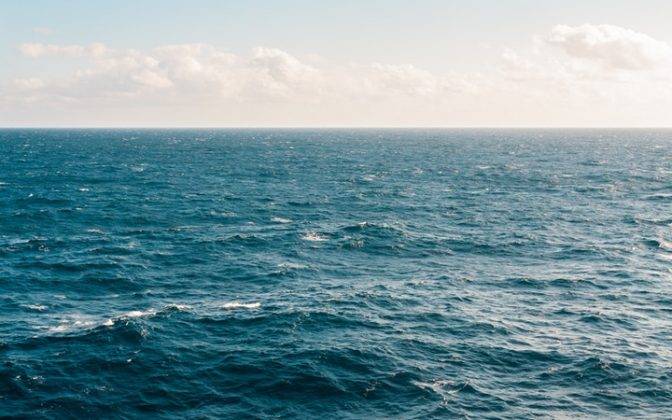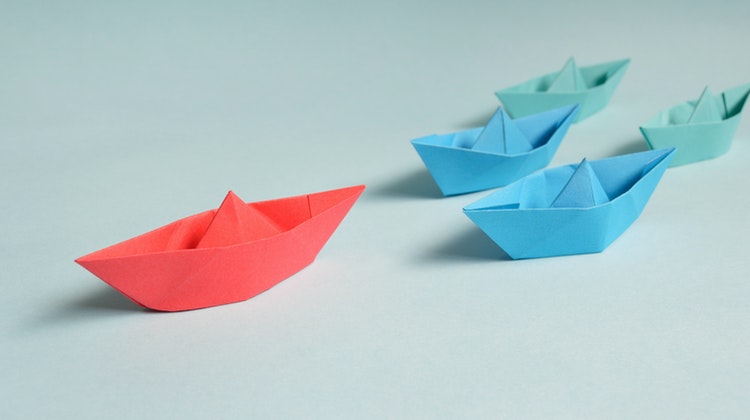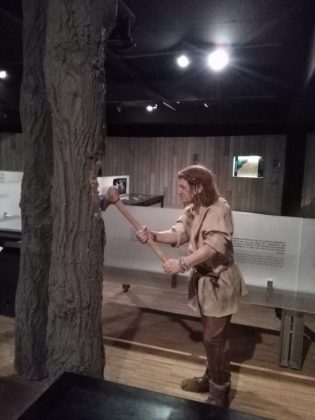Every year has its misfortunes, even my birth year 1987. And when I look at the newspapers from my year of birth, the disaster involving the Herald of Free Enterprise ferry is the headline that always catches the eye. That’s why I decided to dedicate an article to it on my website.

The Herald of Free Enterprise: ferry
The Herald of Free Enterprise is a name that evokes imagination. In 1987, it was the name of a ferry belonging to the British shipping company Townsend Thoresen. A company which had been acquired by the more well-known P&O Ferries in 1987.
The ship was a car ferry that operated between the British port of Dover and the Belgian port of Zeebrugge. With a length of approximately 132 meters and a capacity of nearly 100 vehicles, it can be described as a substantial ferry.
The Herald of Free Enterprise incident and accident
The construction of the Herald of Free Enterprise was completed in 1980, but seven years later, on March 6, 1987, fate struck and the accident occurred.
The accident itself was a combination of human and technical errors. Necessary safety systems were lacking, and there was a lack of ventilation. The latter would prove to be crucial because, due to the ventilation problem, the bow door was sometimes kept open briefly during departure to allow the exhaust fumes from the incoming vehicles to dissipate.
As always, there is an unhealthy pursuit of time efficiency in large commercial companies. This led to a combination of the above-mentioned problems and a situation where people were trying to rush.
All of this resulted in the bow door remaining open during departure from Dover across the North Sea. The lack of safety systems and internal communication then led to the accident that would turn into a disaster.

The Herald of Free Enterprise: disaster
So water started to enter through the open bow door. The design of the ship (an automobile ferry with large car decks) meant that from that moment, the entire ship became unstable. The ferry was also riding low in the water because the ballast tanks had not been fully emptied after departure. These ballast tanks were exceptionally filled due to issues with the sailing route and loading bridge. Due to delays in the port of Dover, the speed of the ferry was also higher than normal, which certainly contributed to the influx of water.
Due to the combination of the above circumstances, the disaster with the Herald of Free Enterprise occurred in 1987. The ship taking on water and capsizing would happen in just 90 seconds.
The Herald of Free Enterprise: victims
Although the Belgian emergency services did their best, and even shrimp fishermen came to the rescue, there were still 193 casualties. They even called upon amateur radio operators in the Bruges region to assist with the overloaded phone lines. One of those amateur radio operators even wrote a simple computer program on the spot to create digital passenger and casualty lists. 1987 is not that long ago, but it clearly shows a world of difference in terms of resources and tools.

The Herald of Free Enterprise incident: aftermath
The ship would later be salvaged, and benefit events (including one with Paul McCartney) would help further support the victims.
It is particularly the aerial image of the capsized ferry Herald of Free Enterprise that remains etched in the minds of contemporaries. Even now, more than 30 years later, it remains an impressive sight.





